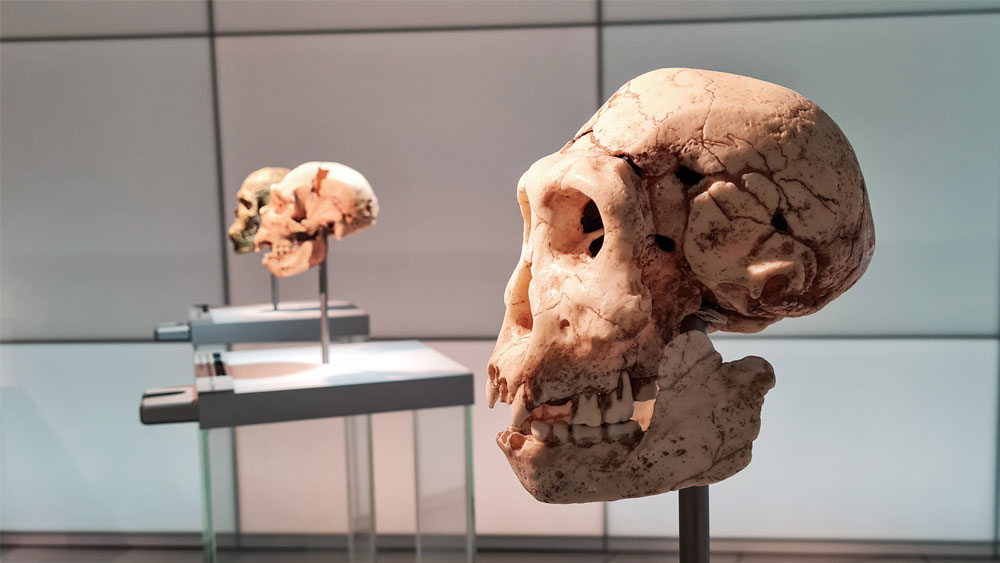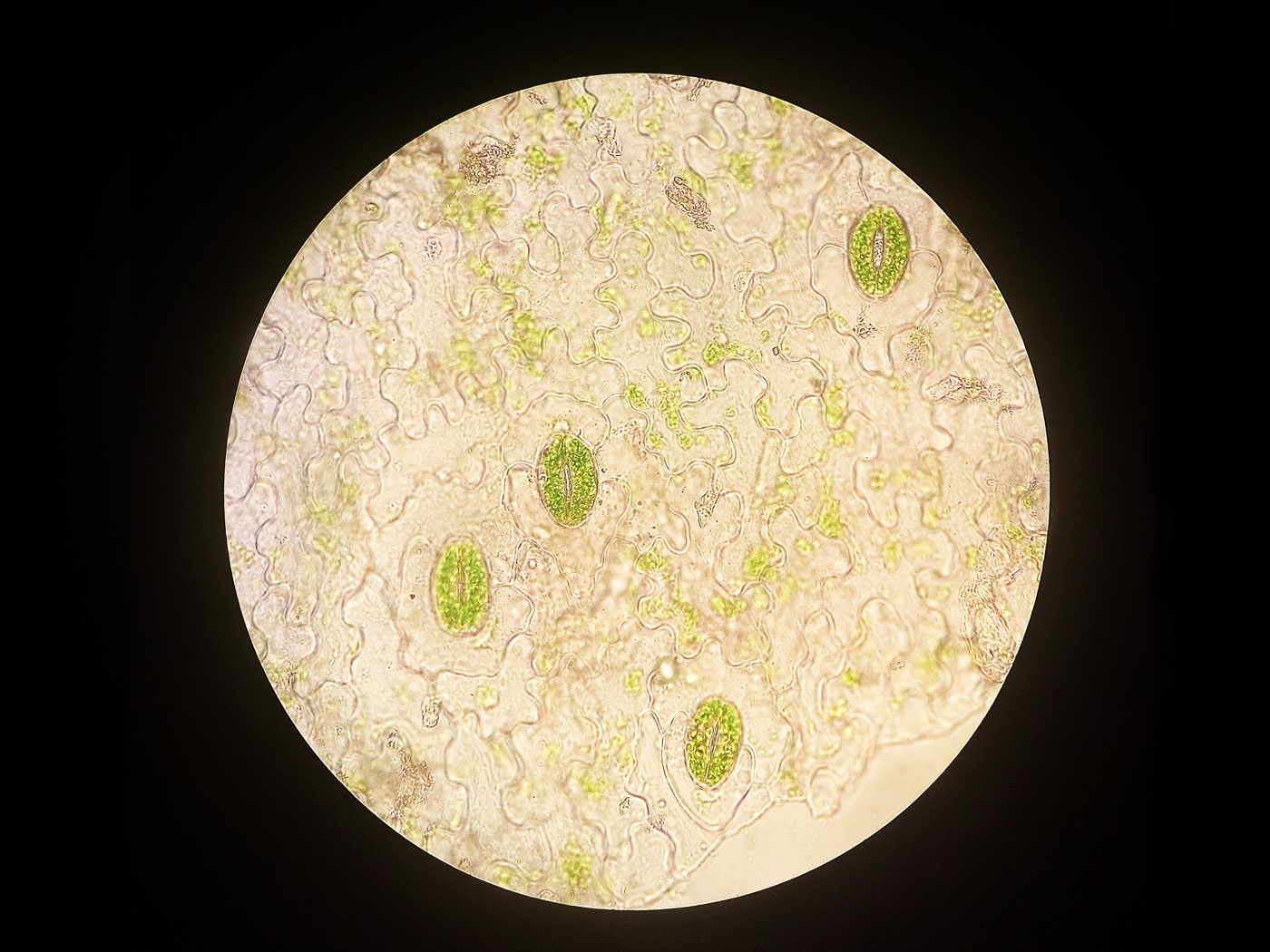One of the hallmarks of good science is to formulate a cogent theory based on the physical evidence. For example, if the physical evidence (e.g. a fossilized human footprint trail or a fossil human footbone) does not agree with the time of the appearance of humans according to accepted theory, then the theory must be adjusted—no matter how significant or painful that might be.
This is also true with the discovery of bird feathers in amber (physical evidence) supposedly formed before ‘modern’ birds evolved (theory).
A fragment of fossilized amber was recently found in Spain containing downy feathers.1 Even though they are 100% feathers, the scientists maintain they could not belong to birds, but to a theropod dinosaur because evolutionary theory states birds had not evolved yet.
Evolutionists maintain birds evolved over 150 million years ago, with fossils of Archaeopteryx found in Upper Jurassic strata with dinosaurs. Other examples include a genus of enantiornithine bird called Noguerornis which allegedly lived about 130 million years ago. Concornis was more advanced and supposedly lived 125 million years ago, having a hindlimb like a modern perching bird and a wing showing ‘modern’ proportions.2 This was 20 million years earlier than the ‘spectacular fossil amber fragments’ containing portions of downy feathers. Furthermore, evidence shows duck-like birds lived at the same time as dinosaurs.3
Zoologists claim the downy feathers in the amber are from a theropod dinosaur as if it was scientifically documented.
Analysis of spectacular fossil amber fragments, from the locality of San Just in north-eastern Spain, revealed moults of tiny beetle larvae tightly surrounded by portions of downy feathers. The feathers belonged to an ‘unknown’ theropod dinosaur that lived around 105 million years ago, during the Early Cretaceous. This means that the feathers could not have come from a ‘modern bird’ species, since current evidence indicates that this group appeared about 30 million years later in the fossil record, during the Late Cretaceous.1
They maintain the feathers didn’t come from a modern bird, only because evolutionary theory states such birds didn’t evolve for another 30 million years. In other words, it’s because the theory of dinosaur/bird evolution says so. A theory dictating to researchers how to interpret physical evidence is not how science is done.
One is reminded of the claim by evolutionists that dinosaurs never ate grass because grass had not evolved for some ten million years after the age of dinosaurs had ended.
For example, in 2005, researchers found phytoliths [uniquely shaped microscopic crystals manufactured by plant tissues] from grass, palm trees, conifers, and other flowering plants in (probably sauropod) dinosaur coprolites from India. "It was very unexpected….We will have to rewrite our understanding of its evolution….We may have to add grass to the dioramas of dinosaurs we see in museums," palaeobotanist Caroline Strömberg told Nature News at the time.4
We see the physical evidence of grasses encased in dinosaur coprolites trumping a bad theory. In fact, in the pre-Flood world, dinosaurs wandered among some very familiar plants such as oak, sassafras, orchid, willow, magnolia, as well as six different types of grass.
Fossil footprints also challenge the evolutionary timeline. Human footprints are very distinctive. A clear, 75’ long trail of fossilized human prints in volcanic ash were found by Mary Leakey and her team in Laetoli, Africa in 1976. Evolutionists state these prints were made 3.7 million years ago. The problem is, that’s a maximum age even by evolutionary standards. The ash they dated was part of a sedimentary rock layer made of many types of transported sediment of many ‘ages.’ To claim the rock is as old as the oldest particle is poor science and clearly shows bias.
The problem is that if 100% humans made these prints, then people existed “before” mankind’s supposed ancestors. The secular solution was to simply say that despite the compelling human nature of the prints, they were instead made by a hominid, probably Australopithecus afarensis. But A. afarensis are only a little over 3 feet tall. Their feet would not be as long or as wide as a human. In spite of this physical evidence, evolutionists cannot say people made these prints because the undocumented theory of macroevolution says so.5 As the late Dr. John Morris said, “Thus we see that it is the creationists, not the evolutionists who are the empirical scientists. A human footprint must be made by a human foot!”6
Years later, another set of out-of-place human prints were also found in Africa.
In 2009, paleontologists discovered human-like footprints near the eastern shores of Lake Turkana in Ileret, Kenya. The fossilized tracks suggested similarities to modern human feet, including an arch, a rounded heel and a big toe aligned parallel with the other toes. But at 1.5 million years old, these prints were much too old to belong to Homo sapiens, or modern humans. They were attributed to Homo erectus, an early human ancestor.7
Once again, evolution theory prohibits paleontologists from drawing an obvious conclusion as to who made these human prints. And they likely aren't dating these sediments correctly, either. Not so with creation scientists who are not locked into evolutionism and extreme ages and, therefore, are free to see an obvious connection. Man did not gradually evolve from ape-like ancestors and, therefore, these tracks with “an arch, a rounded heel and a big toe aligned parallel with the other toes” clearly indicates human origin.
Finally, in 2011, Science magazine published a story regarding a complete forth metatarsal bone that was found in Hadar, Ethiopia. All measurements of this foot bone fall within the parameters of Homo sapiens, “It exhibits torsion of the head relative to the base, a direct correlate of a transverse arch in humans. The orientation of the proximal and distal ends of the bone reflects a longitudinal arch. Further, the deep, flat base and tarsal facets imply that its midfoot had no ape-like midtarsal break.”8
But once again, because man was not supposed to have existed in that time period, evolutionists concluded it was a metatarsal bone of the extinct ape9 Australopithecus afarensis.
The pseudo-scientific stories about human evolution are best understood as an anti-God origins myth. Paul says the case for creation is clearly seen. This is certainly true with mankind, who is fearfully and wonderfully made in God’s image.10
References
- Science Writer. Fossils reveal a 100-million-year-old relationship between feathered dinosaurs and feather-feeding beetles. University of Oxford. Posted on ox.ac.uk. April 19, 2023, accessed May 12, 2023..
- Benton, M. 2015. Vertebrate Paleontology. 4th edition. Wiley Blackwell. 292.
- Thomas, B. Evidence shows duck-like birds lived at the same time as dinosaurs. Creation Science Update. Posted on ICR.org July 14, 2010, accessed May 4, 2023.
- Thomas, B. Dinosaurs Ate Rice. Creation Science Update. Posted on ICR.org November 4, 2011, accessed May 12, 2023.
- Thomas, B. Human Evolution Story Stumbles Over Footprints. Creation Science Update. Posted on ICR.org April 6, 2010, accessed May 14, 2023.
- Morris, J. 1997. Who or What Made The Laetoli Footprints? Acts & Facts. 26 (2). .
- Gannon, M. 1.5-Million-Year-Old Footprints Reveal Human Ancestor Walked Like Us. Livescience. Posted on livescience.com July 13, 2016, accessed May 14, 2023.
- Ward, C. et al. 2011. Complete fourth metatarsal and arches in the foot of Australopithecus afarensis. Science. V 331, NO 6018.
- Tomkins, J. Australopithecus Was a Well-Adapted Tree Climber. Creation Science Update. Posted on ICR.org November 12, 2012, accessed May 12, 2023.
- Psalm 139:13-14
* Dr. Sherwin is science news writer at the Institute for Creation Research. He earned an M.A. in zoology from the University of Northern Colorado and received an Honorary Doctorate of Science from Pensacola Christian College.




















